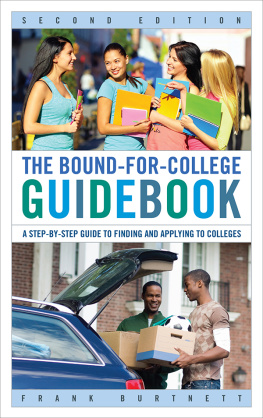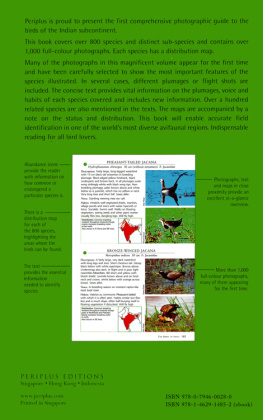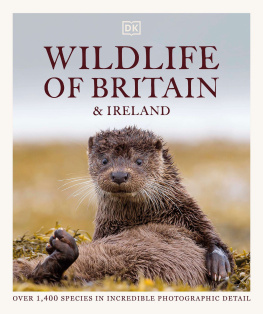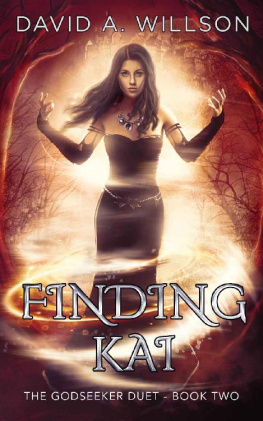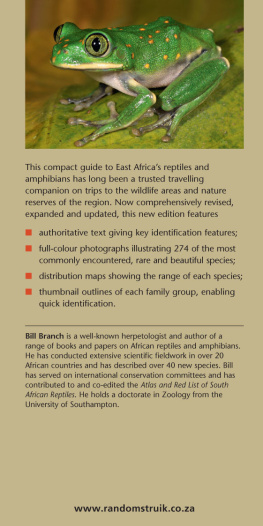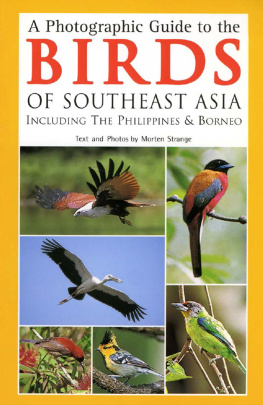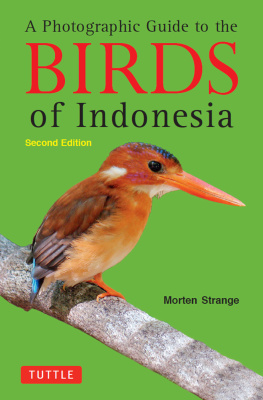David L. Spahr - A Photographic Guidebook to Finding and Using Key Species
Here you can read online David L. Spahr - A Photographic Guidebook to Finding and Using Key Species full text of the book (entire story) in english for free. Download pdf and epub, get meaning, cover and reviews about this ebook. year: 2019, publisher: North Atlantic Books, genre: Children. Description of the work, (preface) as well as reviews are available. Best literature library LitArk.com created for fans of good reading and offers a wide selection of genres:
Romance novel
Science fiction
Adventure
Detective
Science
History
Home and family
Prose
Art
Politics
Computer
Non-fiction
Religion
Business
Children
Humor
Choose a favorite category and find really read worthwhile books. Enjoy immersion in the world of imagination, feel the emotions of the characters or learn something new for yourself, make an fascinating discovery.
- Book:A Photographic Guidebook to Finding and Using Key Species
- Author:
- Publisher:North Atlantic Books
- Genre:
- Year:2019
- Rating:3 / 5
- Favourites:Add to favourites
- Your mark:
- 60
- 1
- 2
- 3
- 4
- 5
A Photographic Guidebook to Finding and Using Key Species: summary, description and annotation
We offer to read an annotation, description, summary or preface (depends on what the author of the book "A Photographic Guidebook to Finding and Using Key Species" wrote himself). If you haven't found the necessary information about the book — write in the comments, we will try to find it.
A Photographic Guidebook to Finding and Using Key Species — read online for free the complete book (whole text) full work
Below is the text of the book, divided by pages. System saving the place of the last page read, allows you to conveniently read the book "A Photographic Guidebook to Finding and Using Key Species" online for free, without having to search again every time where you left off. Put a bookmark, and you can go to the page where you finished reading at any time.
Font size:
Interval:
Bookmark:
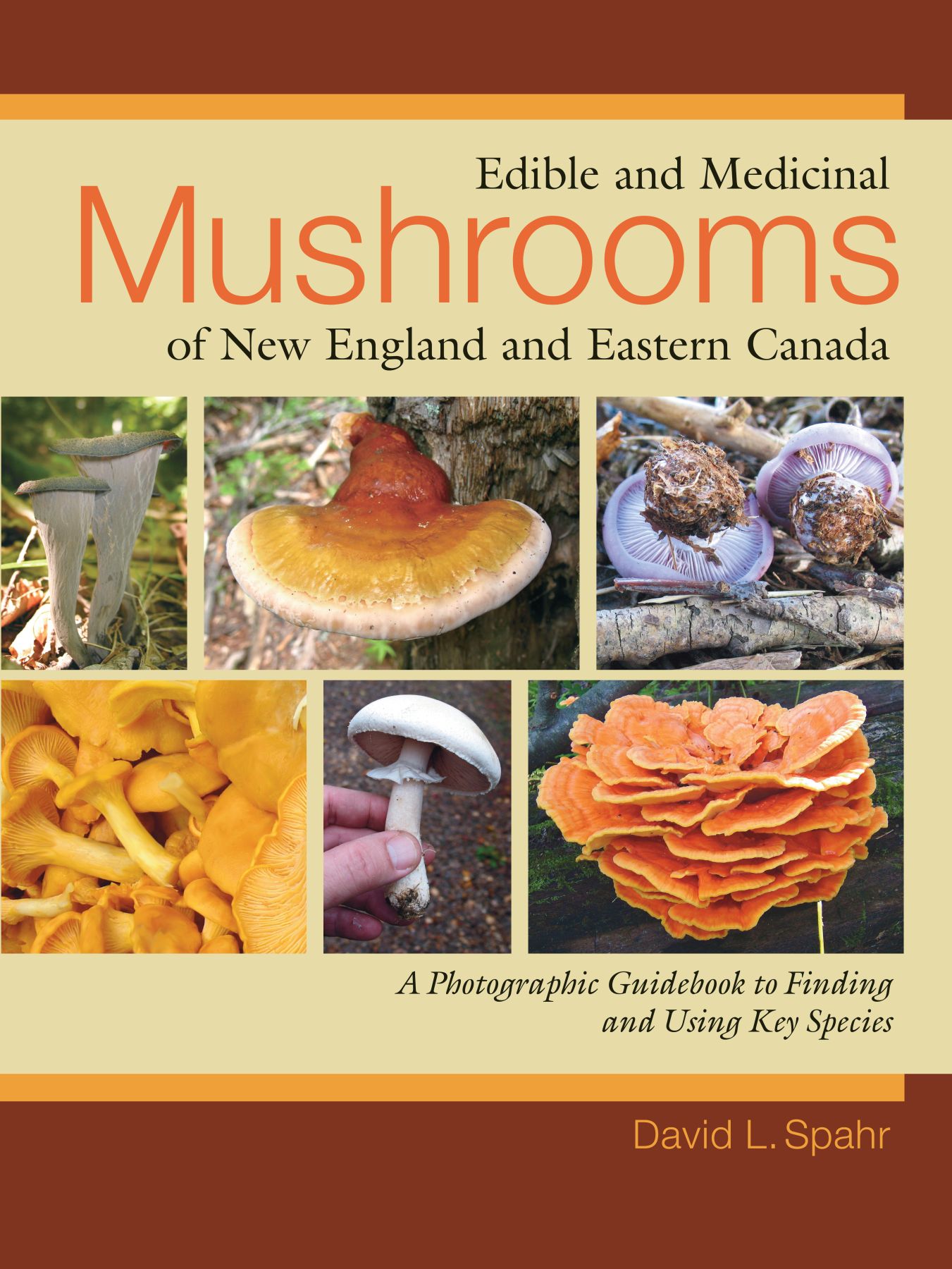
Mushrooms
of New England and Eastern Canada
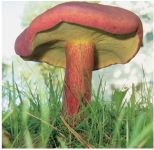
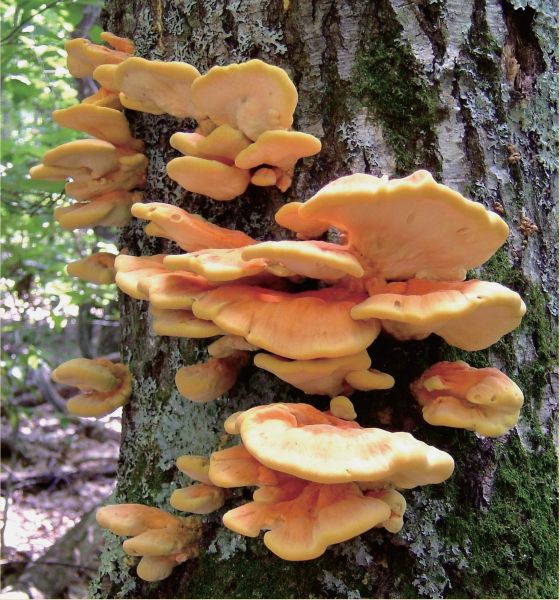
Mushrooms
of New England and Eastern Canada
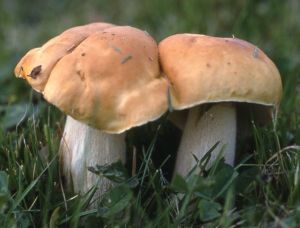
David L. Spahr

North Atlantic Books
Berkeley, California
Copyright 2009 by David L. Spahr. All rights reserved. No portion of this book, except for brief review, may be reproduced, stored in a retrieval system, or transmitted in any form or by any meanselectronic, mechanical, photocopying, recording, or otherwisewithout the written permission of the publisher. For information, contact North Atlantic Books.
Published by
North Atlantic Books
Berkeley, California
Except where noted, all photos are by the author.
Cover and book design by Brad Greene
Edible and Medicinal Mushrooms of New England and Eastern Canada is sponsored and published by the Society for the Study of Native Arts and Sciences (dba North Atlantic Books), an educational nonprofit based in Berkeley, California, that collaborates with partners to develop cross-cultural perspectives, nurture holistic views of art, science, the humanities, and healing, and seed personal and global transformation by publishing work on the relationship of body, spirit, and nature.
North Atlantic Books publications are available through most bookstores. For further information, visit our website at www.northatlanticbooks.com or call 800-733-3000.
Library of Congress Cataloging-in-Publication Data
Spahr, David L., 1950
Edible and medicinal mushrooms of New England and Eastern Canada / David L. Spahr.
p. cm.
Includes bibliographical references and index.
ISBN 978-1-55643-795-3 (trade pbk.) | ISBN 978-1-62317-401-9 (e-book)
1. MushroomsNew England 2. MushroomsCanada. 3. Cookery (Mushrooms) I. Title.
TX558.M9S63 2009
641.658dc22
2009001698
Dedicated to my mother, Mary L. Spahrwho recognized my interest and gave me my first mushroom bookand to all of those who share my love of nature and the beauty it offers.
Disclaimer
There is risk to ingesting wild mushrooms; illness and even death can occur. Some mushrooms that are safe for most people may make some people ill. The author makes no warranties as to the safety of consuming wild mushrooms and accepts no liability or responsibility for any consequences resulting from the use of, or reliance upon, the information contained herein, nor for any health problems, consequences, or symptoms that may arise from contact with or the ingestion of mushrooms and other fungi herein described. Any person who ingests mushrooms or any other potentially dangerous fungi does so at his or her own risk. Be sure to learn rules for collecting and refer to additional books. When in doubt, throw it out(side)!
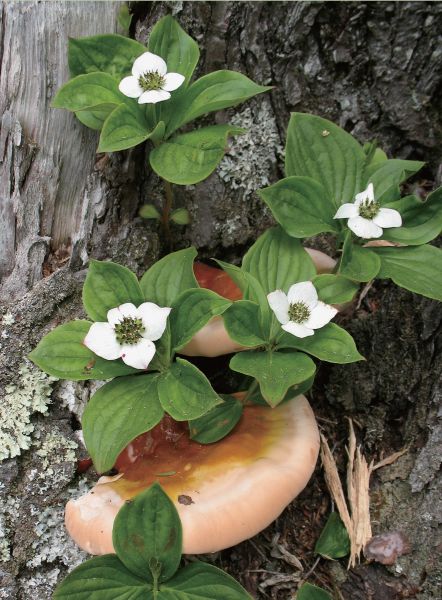
Hemlock Reishi (Ganoderma tsugae) and Bunchberry (Cornus Canadensis).
F ollow this guide for finding, collecting, identifying, and preparing the more safe and common edible and medicinal mushroom species of New England and Eastern Canada.
I live in the town of Washington, Maine, located in Knox County, midway between central and midcoast Maine. I am known by some as the Mushroom Maineiac. Nearly all of the species in this book are gathered and photographed within thirty-five miles of my residence. I created and photographed all content unless otherwise noted. Additionally, I have personally ingested almost all of the edible species I describe.
There is risk in consuming wild mushrooms; this is a learning process that can take a lifetime. One should not go right out and pick! First, read a comprehensive field guide, find an experienced teacher or a club, learn the rules for collecting, and be very careful.
It is extremely important for you to realize that mushrooms listed as edible in some field guides may not be edible in your area. For example, the Lilac-brown Bolete (Tylopilus eximius) is usually listed as edible; however, in Maine, there have been many poisonings from this species. Do not eat it. Another example to be avoided is Angel Wings (Pleurocybella porrigens), a thin and white Oyster-like mushroom found growing on conifers. There have also been some reports of poisoning recently although most field guides list Angel Wings as edibleavoid them.
This guide offers you inside information on finding mushrooms. During the past decade, when I wanted to be able to locate new species, I would often ask other mushroom hunters, brokers, and others how I would find mushrooms, such as Matsutake or Black Trumpets. I most often received general or somewhat sketchy descriptions of how to locate them. Many are protective of their knowledge and their mushrooms. Field guides tend to give a mycological general description of the ecology, such as several to gregarious under hardwoods and sometimes conifers in the eastern United States from July to September. I do not find a description like this particularly helpful and avoid such dry, general descriptions.
This guide provides useful ideas for cooking mushrooms. Many people look at the different types of mushrooms and are not sure how to prepare them. Mushrooms, like vegetables, have widely varying flavors, textures, and colors. Water absorption among the distinct species can range from soaks like a sponge to floats like a cork. Most mushrooms only respond well to certain cooking techniques. Generally, it is not wise to mix wild mushrooms with White Button/Cremini/Portobello Mushrooms (all Agaricus bisporus) from your supermarket unless you want your wild mushrooms to taste like the strong-flavored Agaricus bisporus. Porcini and Maitake may maintain their character but the Chanterelle flavor is easily lost. Many wild mushroomslike fine winesare just too rare, subtle, or distinctive in flavor to be mixed or combined in certain ways. It makes as much sense as using Chteau Lafite Rothschild to make holiday punch!
In the Northeast we are blessed with many of the very best medicinal mushrooms available. The medicinal species treated here all grow on wood. This guide will increase awareness of these species and their unique healing components. Information has been gleaned from respected resources, such as PubMed from the National Institute of Health Library, the American Cancer Society, Sloan-Kettering Cancer Center, and other scientific sources. Presently, however, there are ambitious assertions about mushrooms that may not have adequate scientific backing being generated by some who are selling mushroom products on the Internet.
Mushrooms may be used for dyeing fabrics and paper. Anne Williams of Stonington, Maine, generously shares the discoveries of her many years of research in dyeing wool with mushrooms. She also makes unique mushroom yarn, which you can purchase.
Next pageFont size:
Interval:
Bookmark:
Similar books «A Photographic Guidebook to Finding and Using Key Species»
Look at similar books to A Photographic Guidebook to Finding and Using Key Species. We have selected literature similar in name and meaning in the hope of providing readers with more options to find new, interesting, not yet read works.
Discussion, reviews of the book A Photographic Guidebook to Finding and Using Key Species and just readers' own opinions. Leave your comments, write what you think about the work, its meaning or the main characters. Specify what exactly you liked and what you didn't like, and why you think so.



